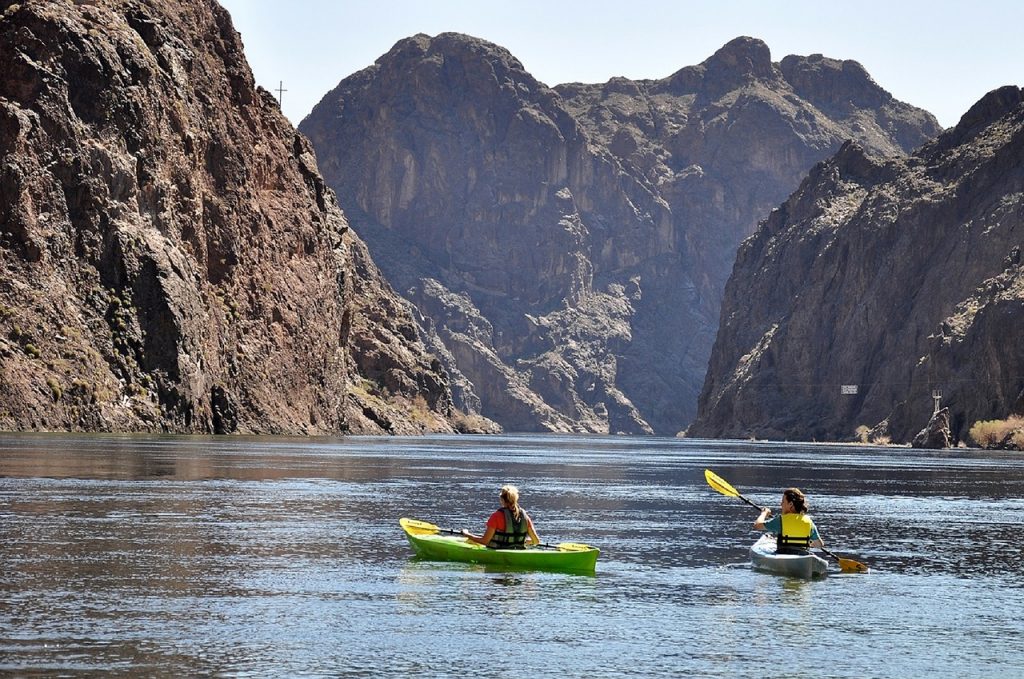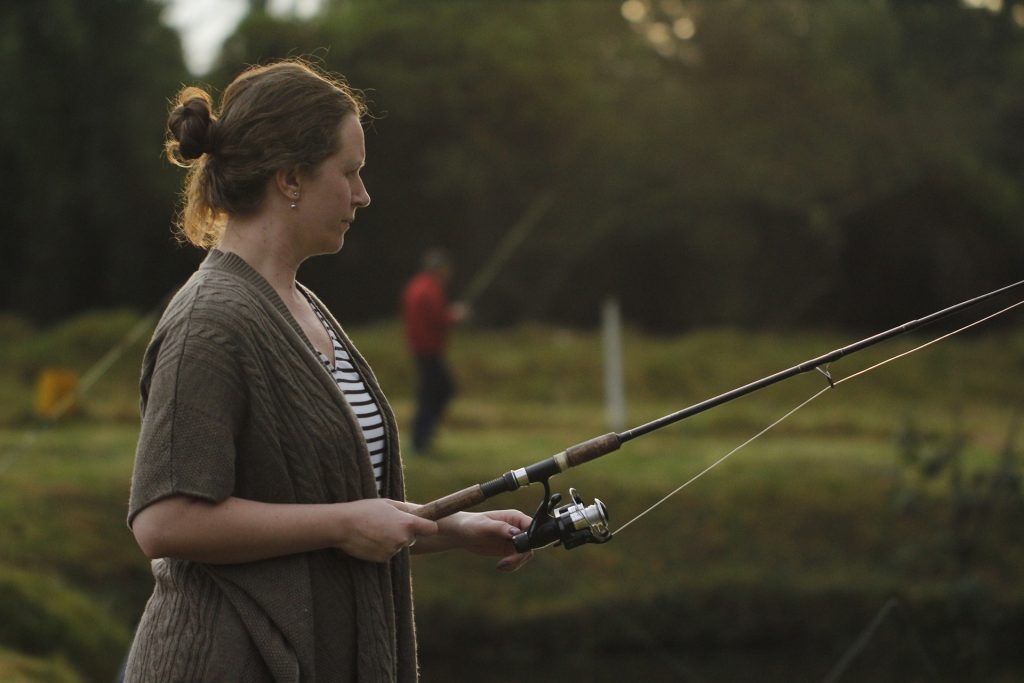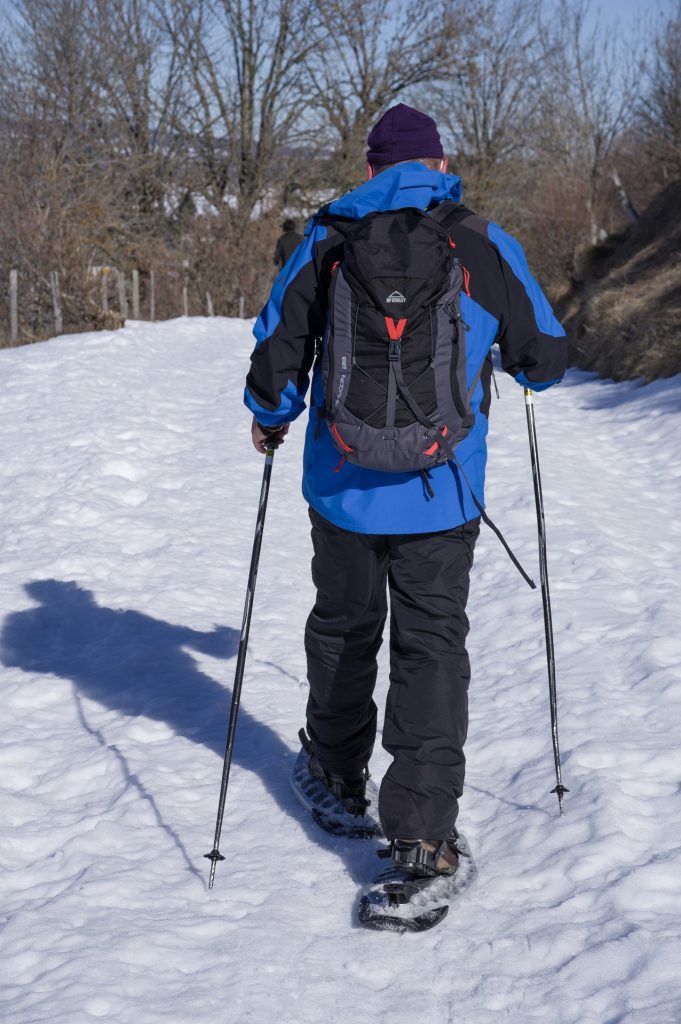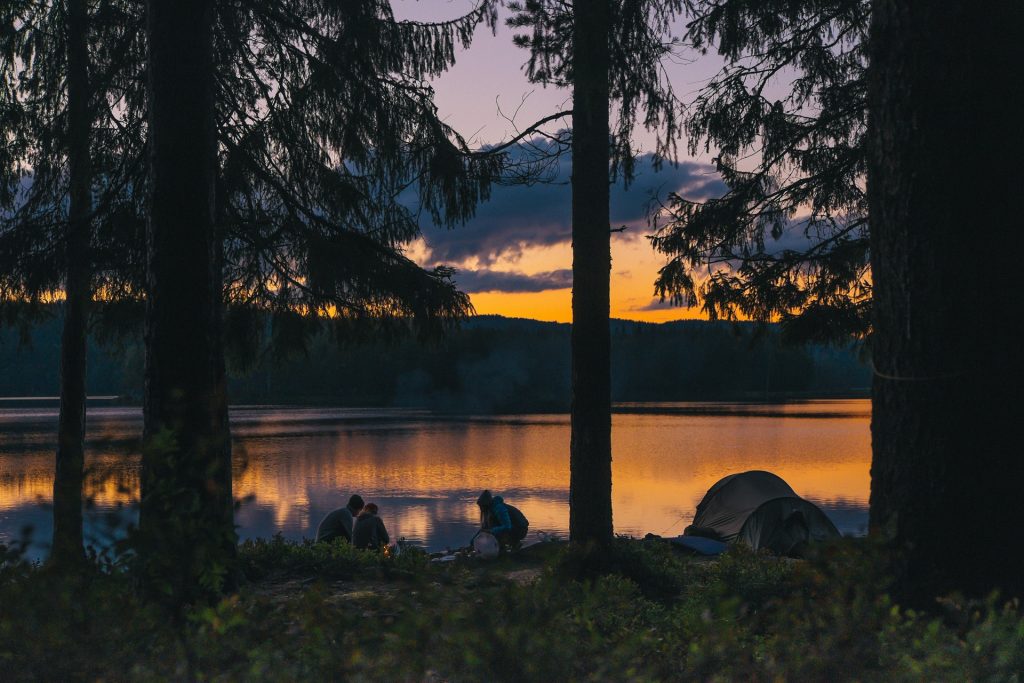According to a new study, outdoor recreation along Arizona’s waterways is a $13.5 billion industry, ranking higher than golf and mining.
Arizona’s waterways, enjoyed by more than 1.5 million residents each year, contribute $13.5 billion to the state’s economy and support 114,000 jobs, according to a new report released by Audubon Arizona. The study was completed with guidance from business, civic, governmental, outdoor recreation, conservation, and tourism representatives and conducted by economics research firm Southwick Associates.
Water-based outdoor recreation as an industry ranks above mining and golf in terms of total economic output to the state. The industry contributes $7.1 billion to Arizona’s GDP, provides $4.5 billion in household income and generates $1.8 billion in tax revenues.
“The rivers, lakes, and streams of Arizona are an economic powerhouse for our state—these results prove that,” said Audubon Arizona’s Policy Manager, Haley Paul. “The fate of birds and people are deeply connected. Our waterways need to be protected, not only for the vital bird, fish and wildlife habitat they provide, but also to sustain Arizona’s economy today and into the future.”

Expenditures across waterway recreation can include fuel, food, admission fees, guides, lodging, equipment purchases, supplies, permits, apparel accessories, and other related expenses.
Measuring the participation in water-based outdoor recreation and its associated spending is a way to evaluate the economic activity generated from having water in rivers, lakes, reservoirs, and streams. Without water, much of the economic activity would be lost.
“Arizona’s iconic rivers—the Colorado, the San Pedro, the Verde and others—bring in visitors from all over the world who seek the one-of-a-kind recreational opportunities they provide,” said Colleen Floyd, Director of Research for the Arizona Office of Tourism. “This creates significant tourism revenue for our communities and an economic incentive to preserve our waterways.”
The report will serve as a resource for local and state officials to better understand the economic contributions of waterways in their area and how they support their communities.
“We have always known that the Verde River is the economic backbone of the Verde Valley,” said Clarkdale Mayor Doug Von Gausig. “Now we can quantify that the waterways of Yavapai County contribute $1 billion in economic output and support 9,400 jobs and that protecting these special places helps our local economies and communities. I am grateful our community has this data—it will be invaluable to many across the state.”

Water in the arid West allows for large metropolitan areas, millions of acres of agricultural production and myriad industries. What has been less studied is the economic significance of water in rivers, lakes, reservoirs, and streams to state and local economies. This report builds off a 2012 analysis conducted by Southwick Associates that examined the economic contribution of outdoor recreation along the Colorado River and its tributaries in Arizona, Colorado, Nevada, New Mexico, Utah, and Wyoming.
“Many visitors come to Yuma for the unique birding opportunities, water sports, and to picnic along the Colorado River,” said Lowell Perry, Executive Director of the Yuma Crossing National Heritage Area.“The community’s efforts to embrace the river are paying off. The rivers of Yuma County generate $372 million annually and support upwards of 3,000 jobs for the state. It is gratifying to see how the waterways of Yuma County contribute to the overall statewide picture.”

For this study, Southwick Associates conducted a representative survey of Arizona residents in 2018 to learn where in the state people engage in outdoor recreation and how much of each activity occurs on or along water bodies. The number of nonresidents who visit Arizona for outdoor recreation as well as the total spending attributable to outdoor recreation comes from a 2016 survey of outdoor recreation across all 50 states conducted by Southwick for the Outdoor Industry Association. The survey was used to identify what proportion of outdoor recreation participation and spending occurs on or along the water in 2018 and where this occurs within the state.
The study evaluated outdoor recreation along water as defined by nine activities: bicycling, camping, fishing, hunting/shooting, picnicking/relaxing, snow sports, trail sports, water sports and wildlife watching. The spending estimates provided the basis for estimating economic contributions. For the full report and executive summary, visit Audubon.org/AZRivers.
The study’s advisory committee included the following representatives: Arizona Game and Fish Department, Anza Trail Coalition of Arizona, Arizona Forward, Arizona Office of Tourism, Arizona Sportsmen for Wildlife Conservation, Arizona Trout Unlimited, Arizona Wildlife Federation, Business for Water Stewardship, City of Page, Cottonwood Chamber of Commerce, Friends of the Bill Williams River and Havasu National Wildlife Refuges, Friends of the San Pedro River, Friends of the Santa Cruz River, Friends of the Verde River, Graham County Chamber of Commerce, Greater Yuma Economic Development Corporation, Lake Havasu City Convention and Visitors Bureau, Nogales-Santa Cruz County Chamber of Commerce, Northern Arizona Audubon Society, Santa Cruz County, Sedona Chamber of Commerce, The Nature Conservancy, Town of Camp Verde, Town of Clarkdale, Tucson Audubon Society, University of Arizona Cooperative Extension, Yuma Visitors Bureau, and Yuma Crossing National Heritage Area.
If this makes you want to trek to your nearest body of water, here are a few you might want to check out:
- Agua Fria River
- Hassayampa River Preserve
- Lake Havasu
- Patagonia Lake
- Riparian Preserve at Water Ranch
- Roosevelt Lake
- Salt River
- Slide Rock State Park
- Tempe Town Lake
- Tres Rios Wetlands
- Verde River
And be sure to check out our other Celebrate AZ Water articles.
This article originally appeared on April 11, 2019, and is being reprinted with permission. Water – Use It Wisely is pleased to feature guest bloggers who write about topics related to water and water conservation. As the Western Water Communications Manager, Joey Kahn, this month’s author, leads Audubon’s Colorado River and Saline Lakes communications strategies. Based in Phoenix, Joey works across the West to tell stories of how an increasingly arid climate affects people and birds. Joey holds a Bachelor’s degree in Journalism from Northwestern University and a Master’s Degree from Johns Hopkins University.


